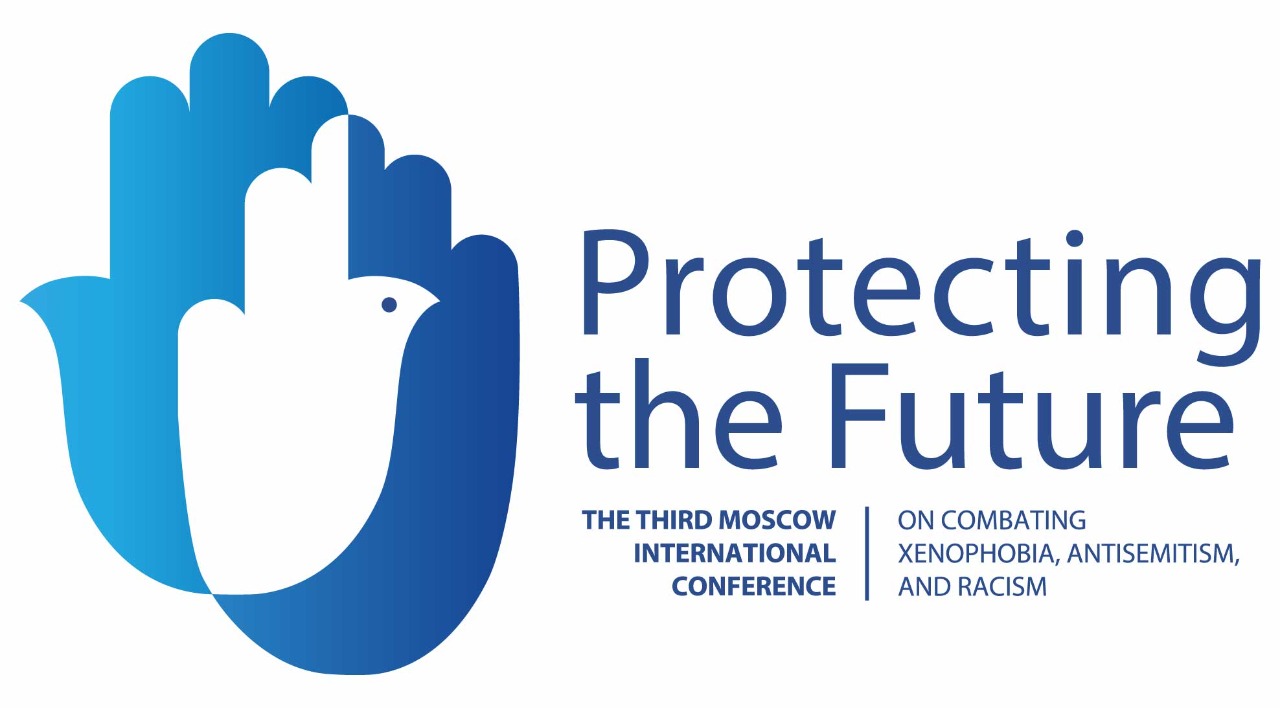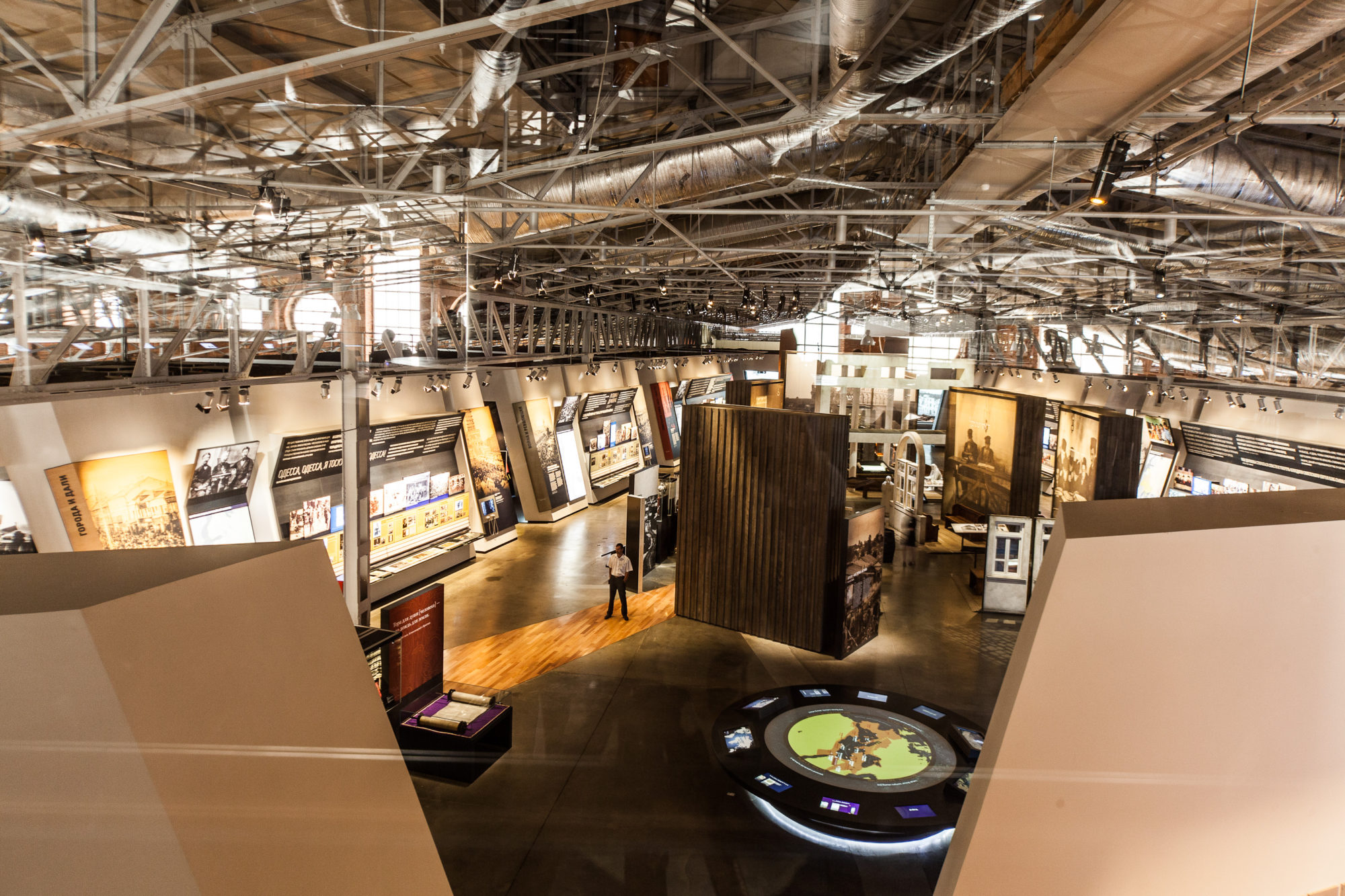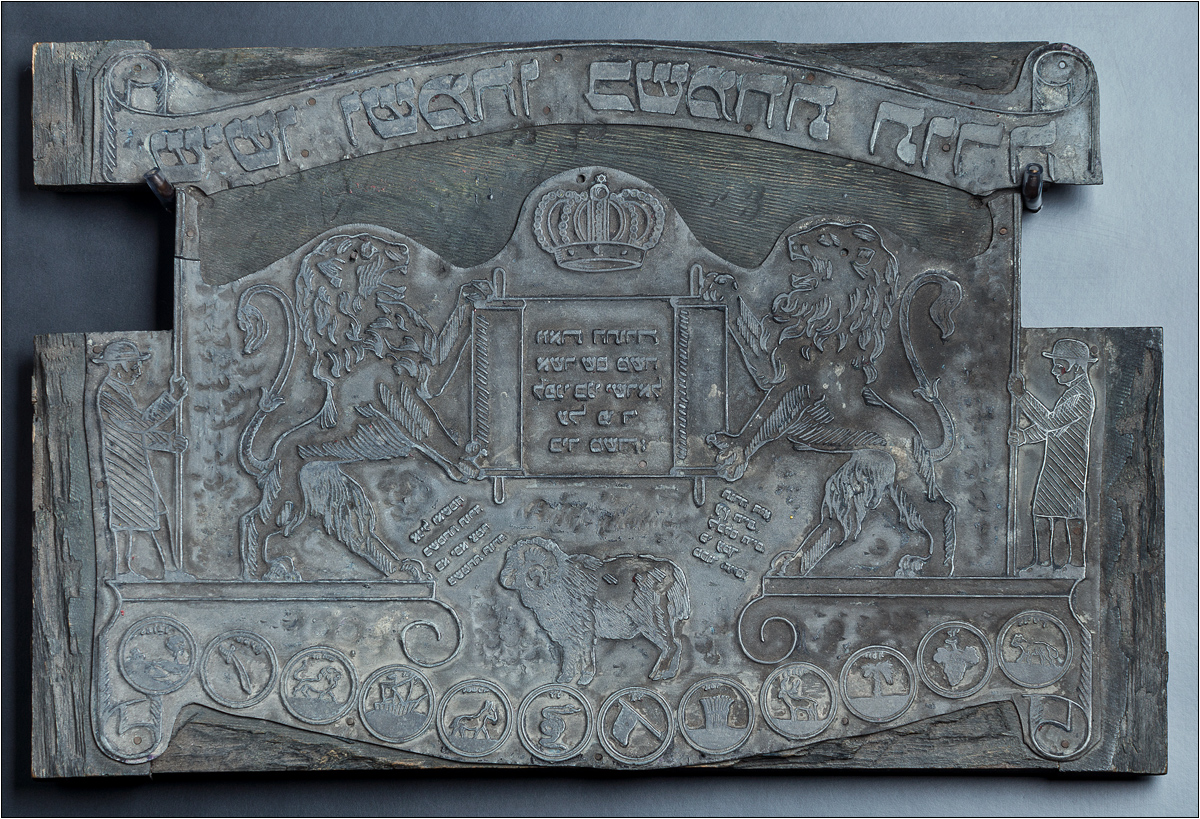 Member Update
Member Update
Third Moscow International Conference
Protecting the Future Organisers: Jewish Museum and Tolerance Center, Moscow & Russian Jewish Congress Dates: 21 – 23 November, 2021 Location: Moscow /…

The primary focus of the Jewish museum and Tolerance centre is to provide a creative and interactive environment for a dialogue of different cultures. The museum is dedicated to the history of Russian Jews beginning from the XVIII century up until the present day. The exposition is divided into 12 thematic segments: it starts with the story of Jewish migration and the details of everyday life in Jewish stetls and continues through the core events in the Russian history – the Revolution, the Civil War, the Great Patriotic War. Jewish Museum organizes special guide-tours, temporary exhibitions, lectures, discussion groups, movie screenings and many other activities.
Jewish museum and Tolerance centre in Moscow was opened in November 2012. It is based in a historical building of Bakhmetevsky Bus Garage – a monument of the constructivist architecture built in 1927 by Konstantin Melnikov. In 1999 the garage building was handed over to the Federation of Jewish Communities of Russia (the FJCR). Reconstruction works began two years later and lasted for seven years. The architects managed to preserve the building’s historic look as well as the majority of its unique metal constructions. The present permanent exposition was designed by Ralph Appelbaum Associates, acknowledged expert of the museum design. The group of historians and Jewish scholars created a chronological narrative of the history of Jewish people in Russia, telling the story of the country through the prism of one of its nation.

The collection of the Jewish Museum and Tolerance Centre includes several dozen items of Judaica – craft pieces and works of Jewish folk art, ritual synagogue candlesticks and chanukkiyahs, Torah Scroll trappings, and details of synagogue interior décor, particularly the carved aron kodesh. The museum also holds a representative archive on the history of the Jewish theatre in Eastern Europe and the USSR, comprising posters, notices, stage photographs, set design sketches and costumes. A special section is made up of varied family heirlooms and documents donated to the museum. One of the largest sections of the collection is devoted to the works of Jewish artists. It is supposed that further development of the museum collection will take place chiefly via the continued expansion of this arts section.
The Jewish Historical Institute is a public cultural and research institution in Warsaw, Poland. It was created in 1947 as a…
The Jewish Cultural Quarter in the old Jewish neighbourhood in the heart of Amsterdam is home to the Jewish Museum and…
OPEN YE THE GATES … This biblical quotation was inscribed over the doors of the New Synagogue and connected it to…
Founded in Jerusalem in 1983, the Umberto Nahon Museum of Italian Jewish Art was set up to collect, preserve and display…
A registered charity and museum, Ben Uri announced in October 2018 its transformational Sustainability and Public Benefit Strategic Plan. This 20 page document re-visited,…
The Museum of the Jewish History in Russia aims to reconstruct a complete picture of Jewish life in the variety of…